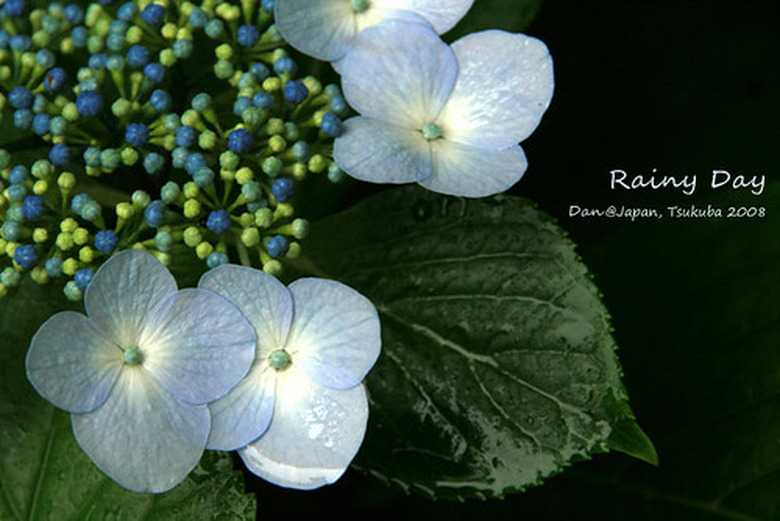Climbing Hydrangea Problems
The climbing hydrangea (\"Hydrangea anomala petiolaris\") has many similarities to the upright shrub nydrangeas. The main differences are leaf size and growth habit. The leaves of climbing hydrangea are round, shiny and about 3 inches wide. They will turn an attractive yellow in the fall. The white flowers are flattened lace cap style blooms. Climbing hydrangea attaches by aerial rootlets to structures. It will spiral up a post or scale a fence. This woody vine is attractive in the winter even when the leaves have fallen. It is not a difficult plant to grow if certain criteria are met.
- The climbing hydrangea (\"Hydrangea anomala petiolaris\") has many similarities to the upright shrub nydrangeas.
- This woody vine is attractive in the winter even when the leaves have fallen.
Slow Growth
A common complaint about climbing hydrangea is its slow growth. This is only true in the first few years while it is becoming established. Start with 3- to 5-gallon sized plants to speed up the process. Even a larger plant will need time for its roots to adjust. Since this plant starts easy from cuttings it is not unusual to find it in small containers at reasonable prices. Small plants are fine if you have patience.
No Flowers
This plant is slow to flower. A happy 3-year-old plant may begin to bloom. It is not uncommon for it to take longer. Once it starts to flower there will be more blooms each year until the plant is completely covered. Pruning away the bloom wood is the other reason this vine will not flower. When pruning leave some of the branches completely intact. Climbing hydrangea flowers on the previous year's wood.
- A common complaint about climbing hydrangea is its slow growth.
Sun Burn
Hydrangeas need a partial day of sunlight. The problem is that the leaves are subject to burn and the whole plant seems to suffer with too much heat. Avoid leaf burn by placing this plant where it will receive morning sun. Make sure it is shaded in the afternoon. Also avoid leaf burn by giving this plant ample summer water.
Rust and Mildew
Some hydrangeas are prone to rust and powdery mildew. Rust problems are more common with climbing hydrangea. The first line of defense is to make sure all growing conditions are met. A healthy plant will resist disease. Fungal diseases like rust and mildew thrive in high humidity. These diseases spread by spores through moisture. Do not water the leaves of affected plants. Remove and burn diseased leaves. Also destroy tainted leaves that have fallen from the plant. Clean pruning tools with alcohol between plants to avoid spreading the spores. A plant can recuperate from mild fungal infection by the next growing season.
- Hydrangeas need a partial day of sunlight.
- A plant can recuperate from mild fungal infection by the next growing season.
Damage from Rootlets
Climbing hydrangea produces aerial rootlets. These roots have hairlike structures that easily attache to wood or brick. The plant can be removed but the roots can leave permanent markings. Avoid placing this vine near the house. Plant it near an outbuilding or fence where the stains will not matter. It will also grow well on a chain link fence or trellis. It will wrap itself around harder surfaces that it cannot attache to.
- Climbing hydrangea produces aerial rootlets.
- These roots have hairlike structures that easily attache to wood or brick.
References
- Sunset Western Garden Book, Sunset Books, 2007
